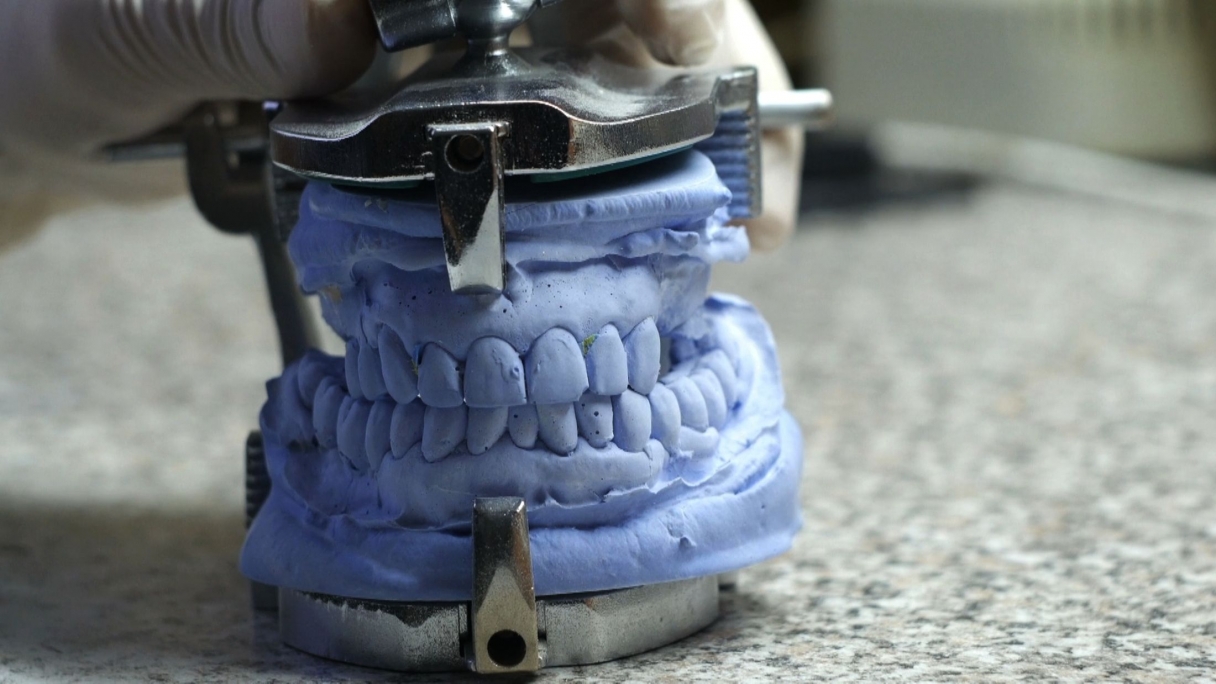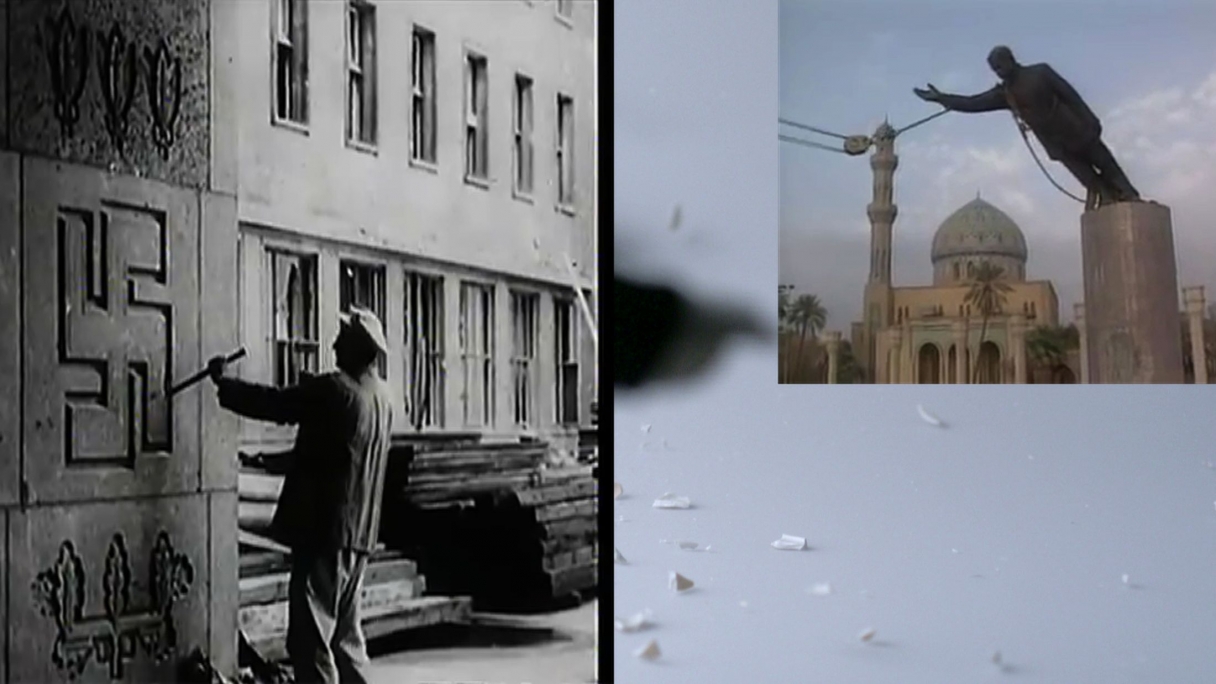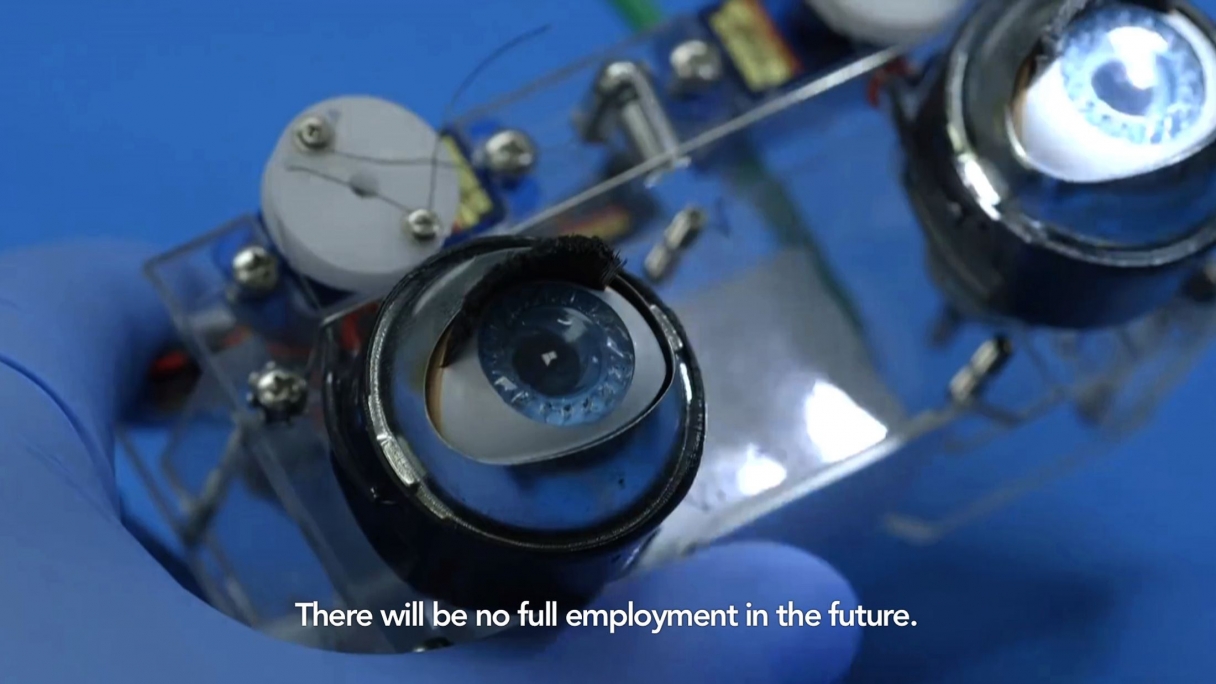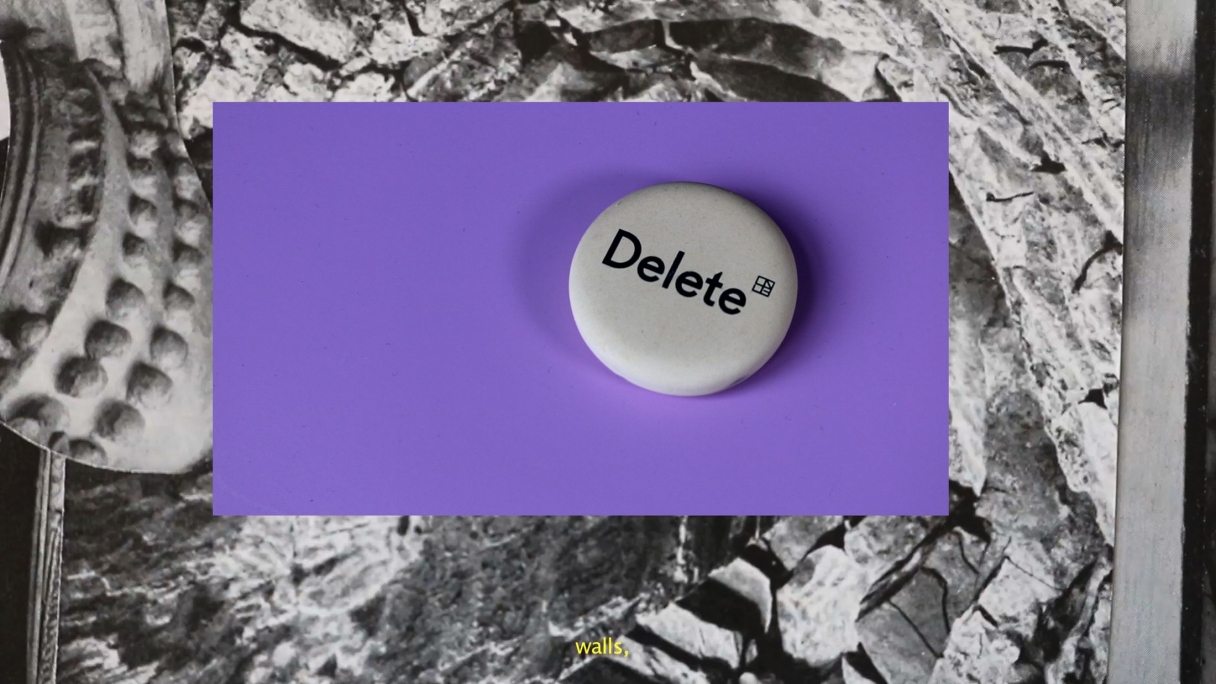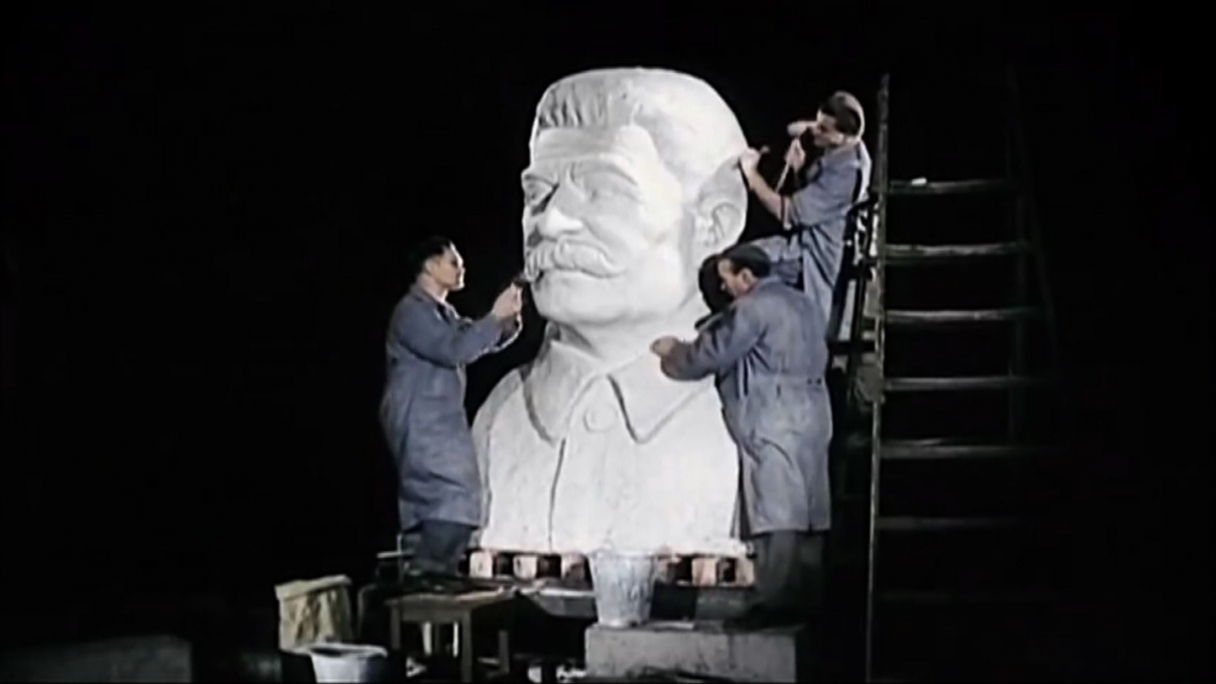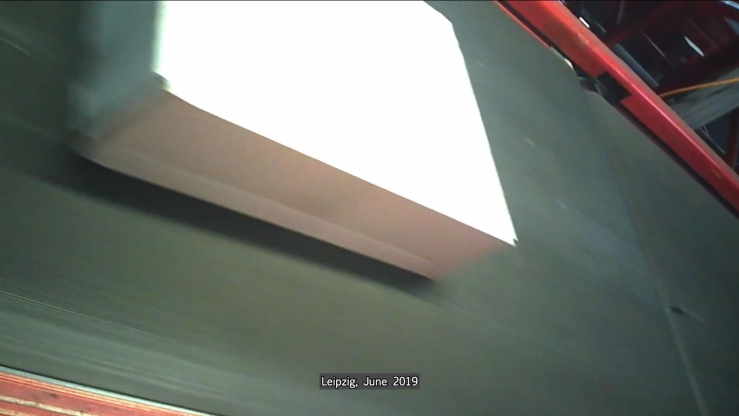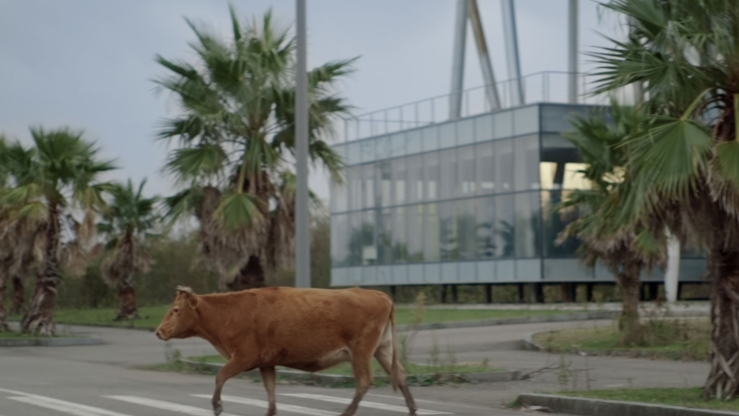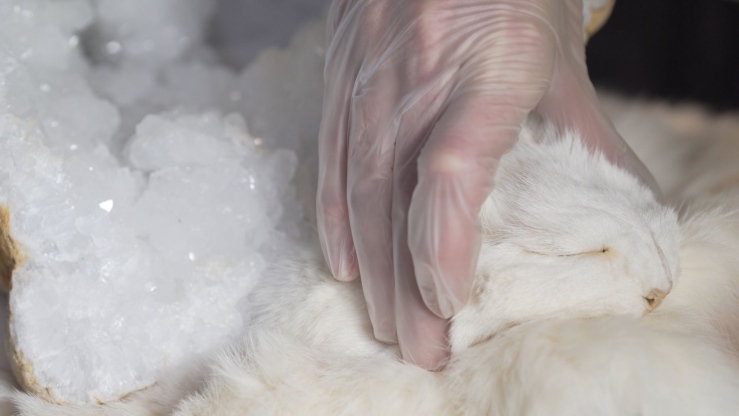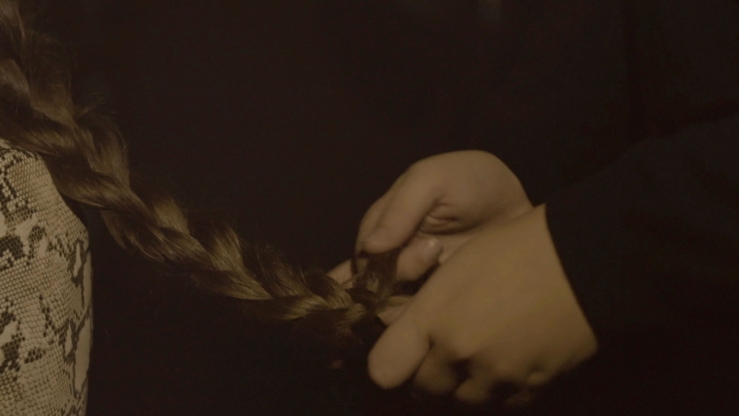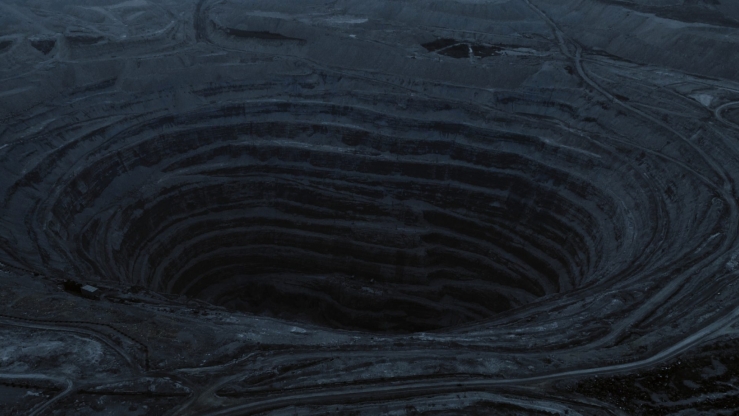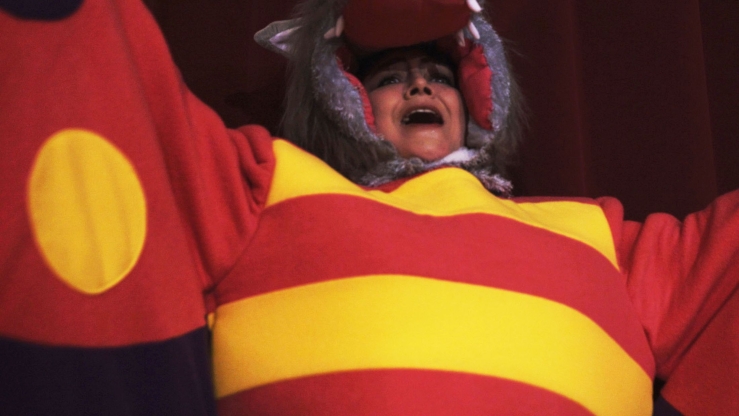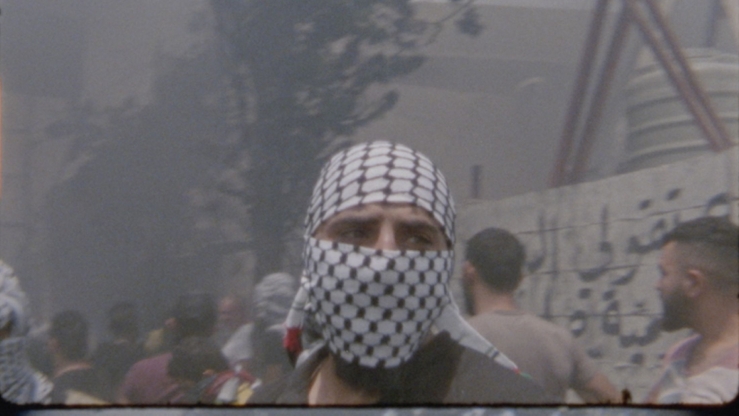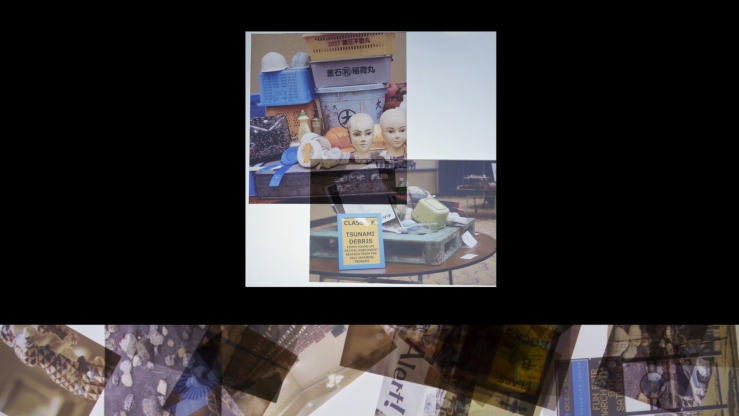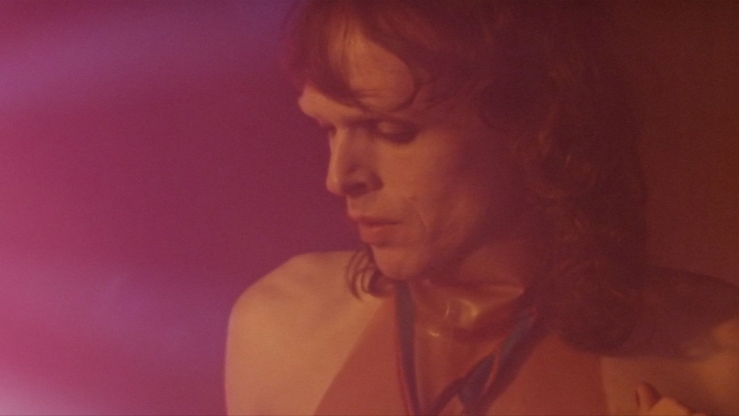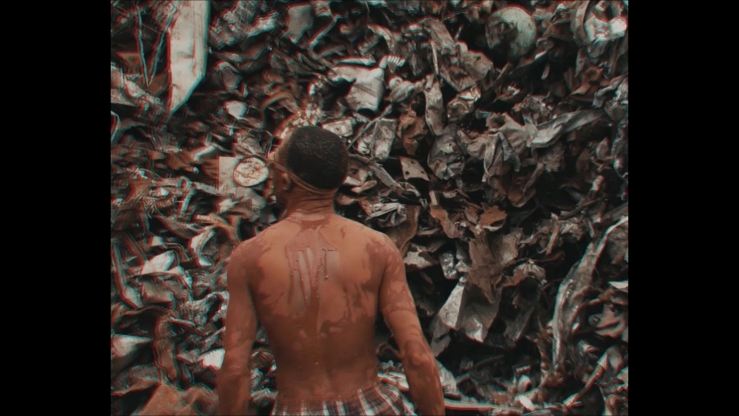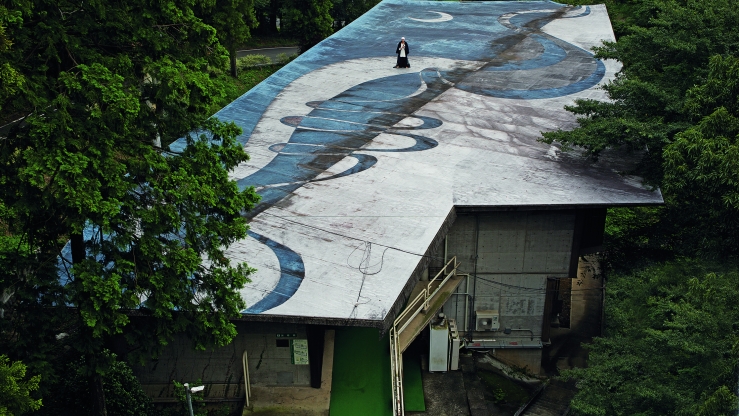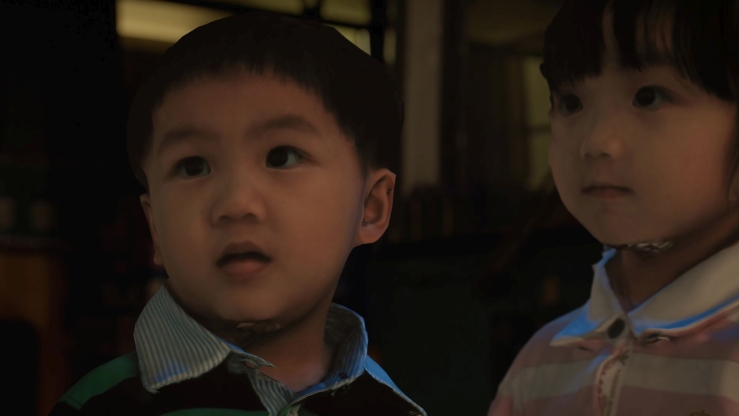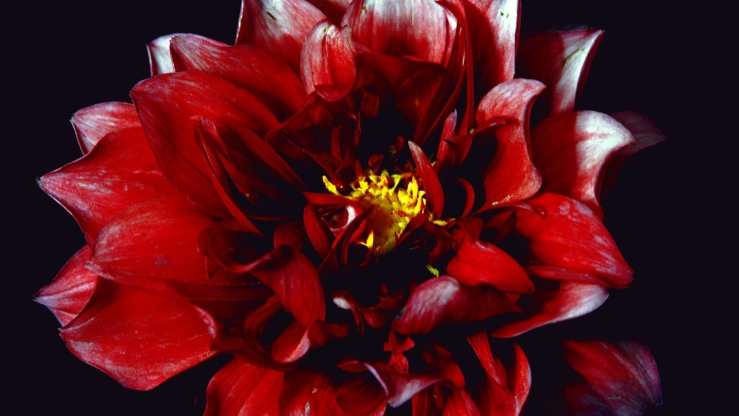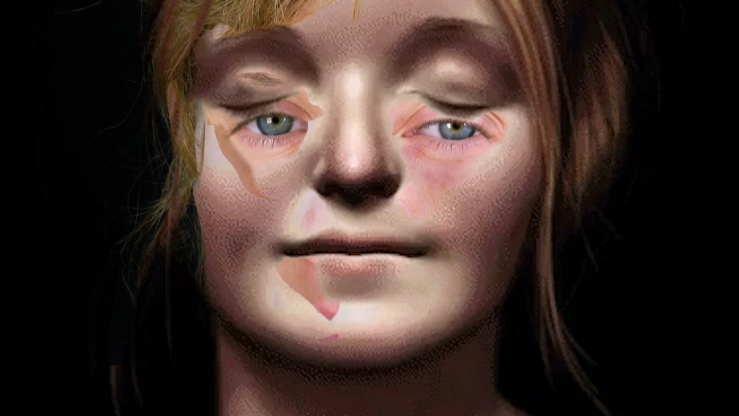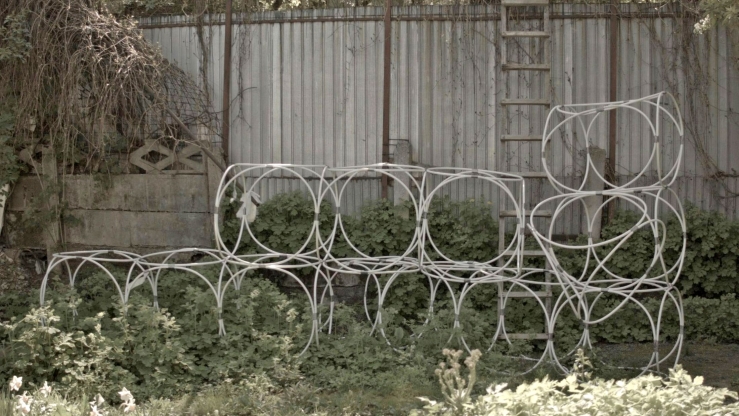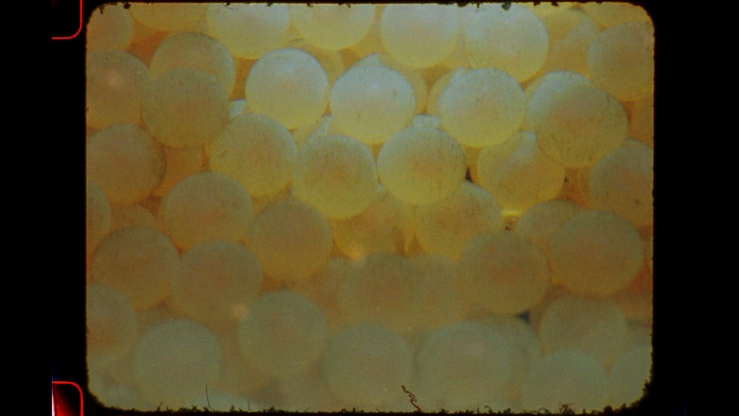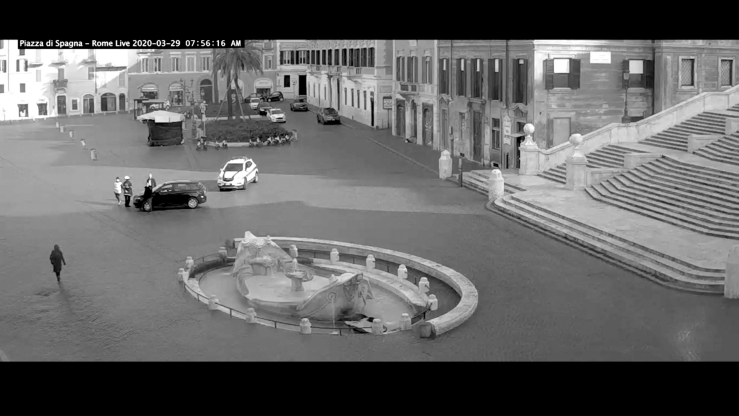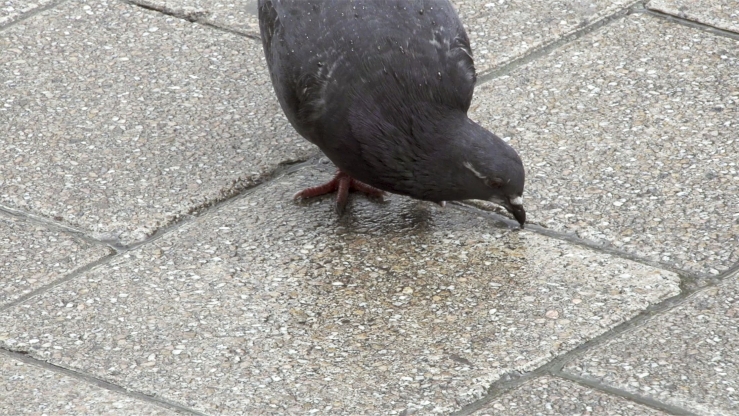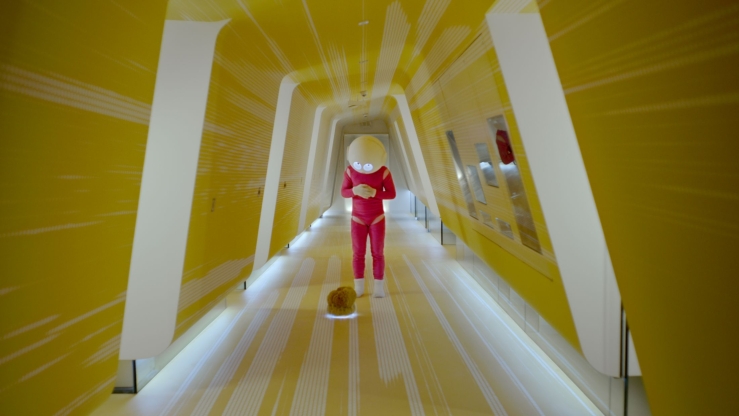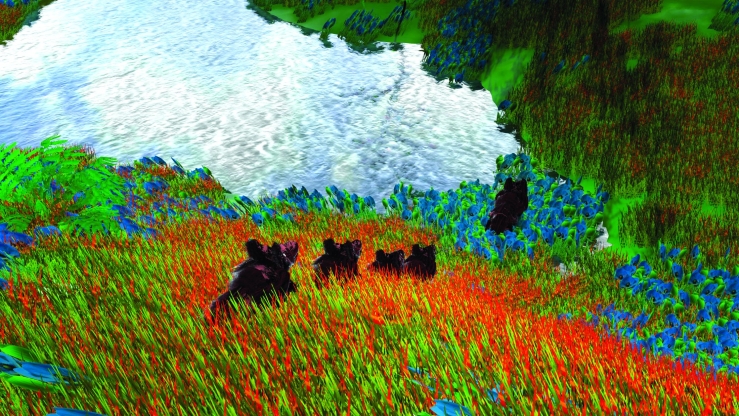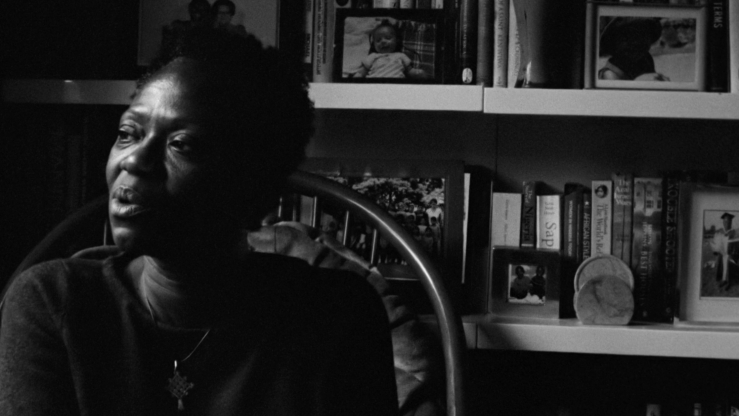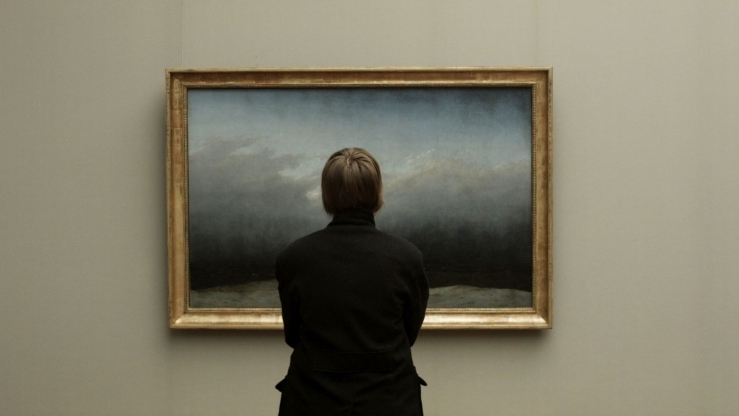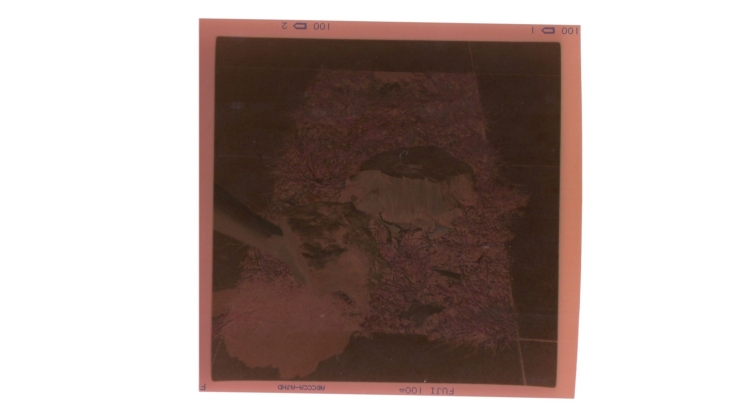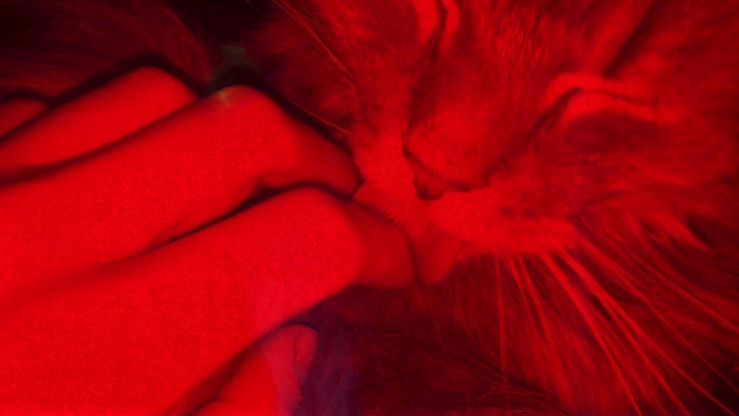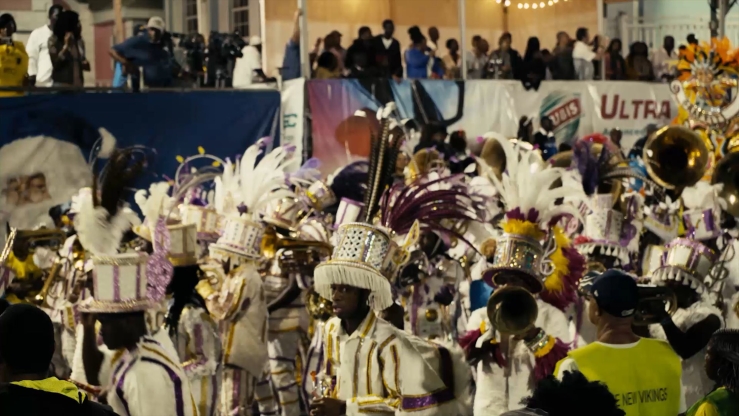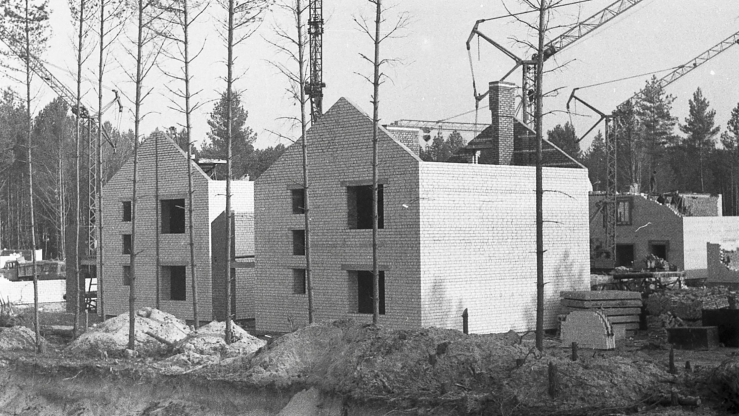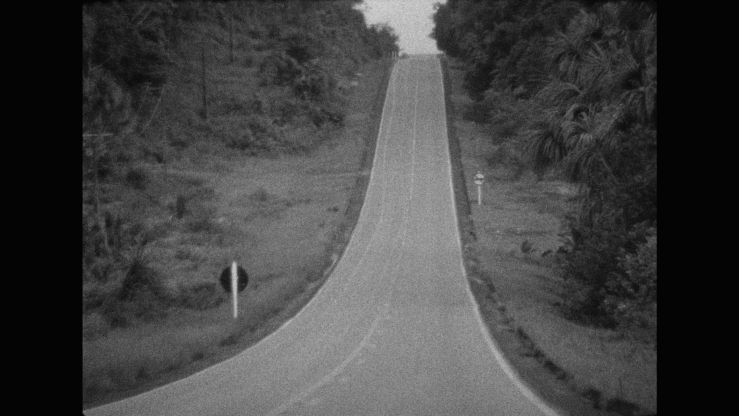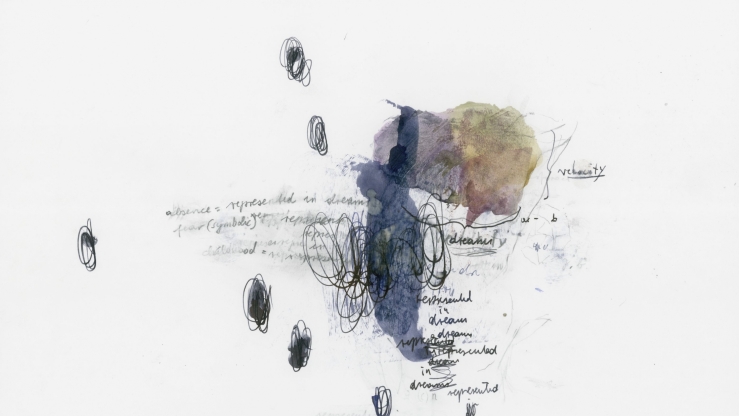Eli Cortiñas &
Walls Have Feelings is a hypnotic montage of cinematographic, photographic and literary references wired together with excerpts from YouTube videos, TV series, advertisements, generic footage, animations, and newly-filmed material. These elements generate a complex constellation of different devices, modes of consumption, reception, and forms of power inherently linked to each other. Cortiñas’ work wires together past and present, dictatorships and neoliberalism, physical and cognitive forms of exploitation. In doing so, she is shedding light on the multiple processes of silencing and concealment pursued by history in favor of the dominant economic system with its limitless pursuit of productivity and profit. This complex power structure is synthesized by the wall, an object embodying multiple forms of separation (between private / public, legality / illegality, possible / impossible), concealment, exploitation, and national borders. But it is also an object that has been charged with all these significances by its use throughout human history. What does the wall feel?
This speculative question can astonish and amuse for its implications – that walls can feel, have an inherent independence of thinking and emotions – but, like all the elements in the film, this notion is also part of a complex ecology of thoughts and objects. It also explicitly refers to OOO (object-oriented ontology), a philosophical current that has received wide attention in the context of visual arts. Broadly, OOO takes distance from anthropocentric worldviews by rejecting the privilege of human existence over the existence of nonhuman objects (which metaphysics establishes as a product of human cognition). Cortiñas’ work takes this as a point of departure to analyse a wall’s possible standpoint to observe human history.
The work incorporates different sources, including literary references (Franco ›Bifo‹ Berardi, Silvia Federici, Achille Mbembe, and Franz Fanon, amongst others), and cinematographic references (the burning of books in François Truffaut’s Fahrenheit 451, 1966, and the silencing of independent thinking through advertisement and mass communication in John Carpenter’s They Live, 1988, amongst others). The thoughts of the wall emerge through the sentences »Silencing the past has become a standard procedure. Building walls has become a standard procedure. The ethnic cleansing of history has become a standard procedure.«
After this journey through multiple forms of silencing and exploitation in technological and cognitive capitalism, a voice guides us through a brief session of hypnosis that only apparently restores a state of complete relaxation. In reality, however, it plunges us further into a catatonic state from which a politically and economically viable alternative to capitalism may be even harder to imagine. (Vanina Saracino)
Artist statement
I work appropriating audiovisual material and de-/re-constructing narratives according to new scenarios; feminist discourses, the misleading construction of subalternity and the process of Othering within western audiovisual production lie at the core of my artistic investigation. The sources I used are very heterogeneous: films, YouTube videos, television series, adds, stock archives, generated images and own recorded material. Due to social media and a new paradigm in image-production through mobile devices, the currency of images has immensely increased and diversified. The imposed narratives with their inherent bias in the mainstream are still monopolized though and only slowly being questioned and subverted. The glitch as a space for resistance attempts to escape normativity and systems of surveillance capitalism. Audre Lorde famously said “the master’s tools will never dismantle the master’s house” but, who says that a new house cannot be built? And who decides the tools we pick? (Eli Cortiñas)
* We can only show an excerpt of this work in the online archive. For the complete version, please contact the artist, Waldburger Wouters, Brussels, and Soy Capitan, Berlin.

